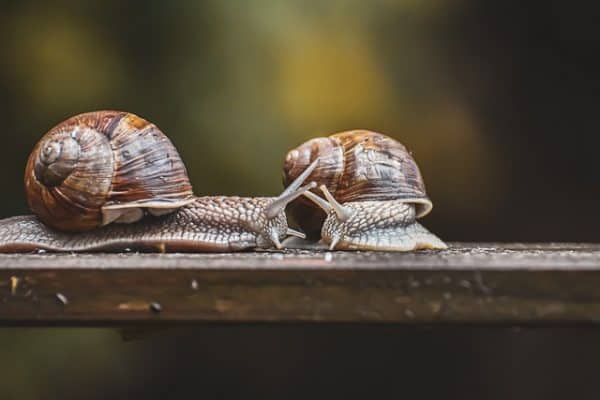If you have crawl space problems, you’ve probably had a plumber or a construction crew come out to your house at one time or another to give you some “your break” advice. These professionals may know a thing or two about fixing crawlspaces, but that’s as far as they go. By the end of this article, you’ll have everything you need to know about fixing your crawl space problems.

Crawl space problems can be caused by some issues, including poor construction practices, bad drainage, and high humidity. The following several articles are packed full of info on crawl space repair of all kinds. By the time you’re done reading them, you’ll know everything you need to know about fixing high humidity, condensation, rotting wood, and more.
1. Dry and Moisture:
The main thing you have to do is make sure your crawl space is dry and moisture-free. You can solve moisture problems pretty easily with a simple fan and a dehumidifier. Condensation occurs from water vapor in the air and condensation forms when water vapor is trapped inside your walls and flooring. Black mold and other fungi can form in poorly ventilated areas, too.
2. Inadequate Structural Support:
Crawl space problems can also be caused by inadequate structural support. Exterior crawl space walls are required to be reinforced and the grade of your soil should be increased to prevent soil failure. However, exterior walls do not keep water in the crawl space – it just keeps water away. Soil that poorly supports the building is prone to cavitating and expanding, which can cause buckling and eventual collapse.
3. Cracked Foundation Walls:
Other common crawl space problems are condensation and moisture accumulation due to wet insulation. One of the most common causes of condensation is a cracked or missing foundation wall. If your foundation is damaged, then you probably have inadequate structural support, and there’s a good chance your walls are leaking. In addition to the walls, poor insulation will also contribute to excess moisture in the crawl space.
4. Mold and Mildew:
Mold and mildew are also very common crawl space problems. Mold and mildew are symptoms of moisture that has not been removed from the air. Both can cause health problems and structural damage.
5. Fix Crawl Space Problems:
Even if you have tried all the fixes above, you may still have crawl space problems. In this case, it’s time to call a professional. He or she will probably recommend a combination of methods to fix your problem. Some professionals use thermal or vapor barriers, for example. Others use UV drying systems, or carbon monoxide gasification methods. Still, others may recommend encapsulation, which means removing the mold and mildew from the walls and floor.
6. Stop Moisture from Penetrating the Concrete Walls:
One method that many experts recommend is waterproofing. Waterproofing cracks and crevices in the crawl space walls can stop moisture from penetrating the concrete walls and settling in the interior of the structure. This will protect the structure from further damage.
The two main types of waterproofing systems are exterior and interior waterproofing. Exterior waterproofing involves placing a membrane over the wall, while an interior system uses a membrane-embedded in the crawl space floor, leading to an airtight seal. Both methods are effective and can be quite effective for crawl space problems.
7. Reduce Water Vapor and Humidity:
Another solution for many crawl space problems is reducing water vapor and humidity. One method is dehumidification, which uses fans to reduce the amount of warm air and moisture that rises into space. Another method is through water source ventilation, which is installed either under or on top of a building. These systems can also reduce condensation.
 Gearfuse Technology, Science, Culture & More
Gearfuse Technology, Science, Culture & More

